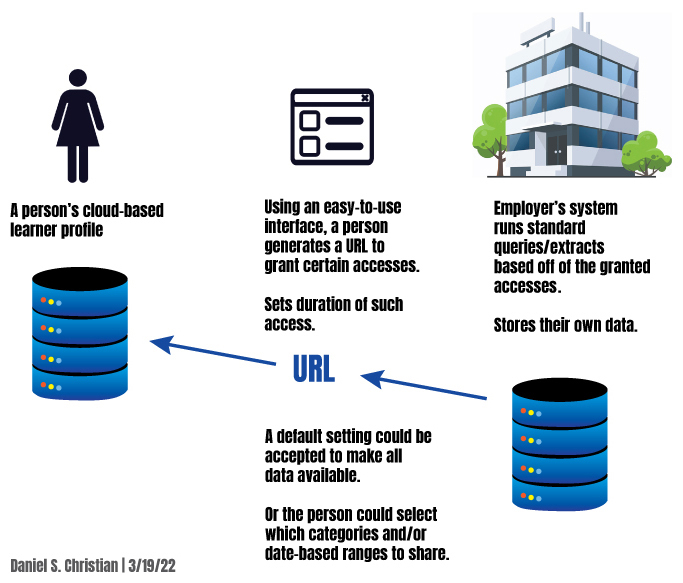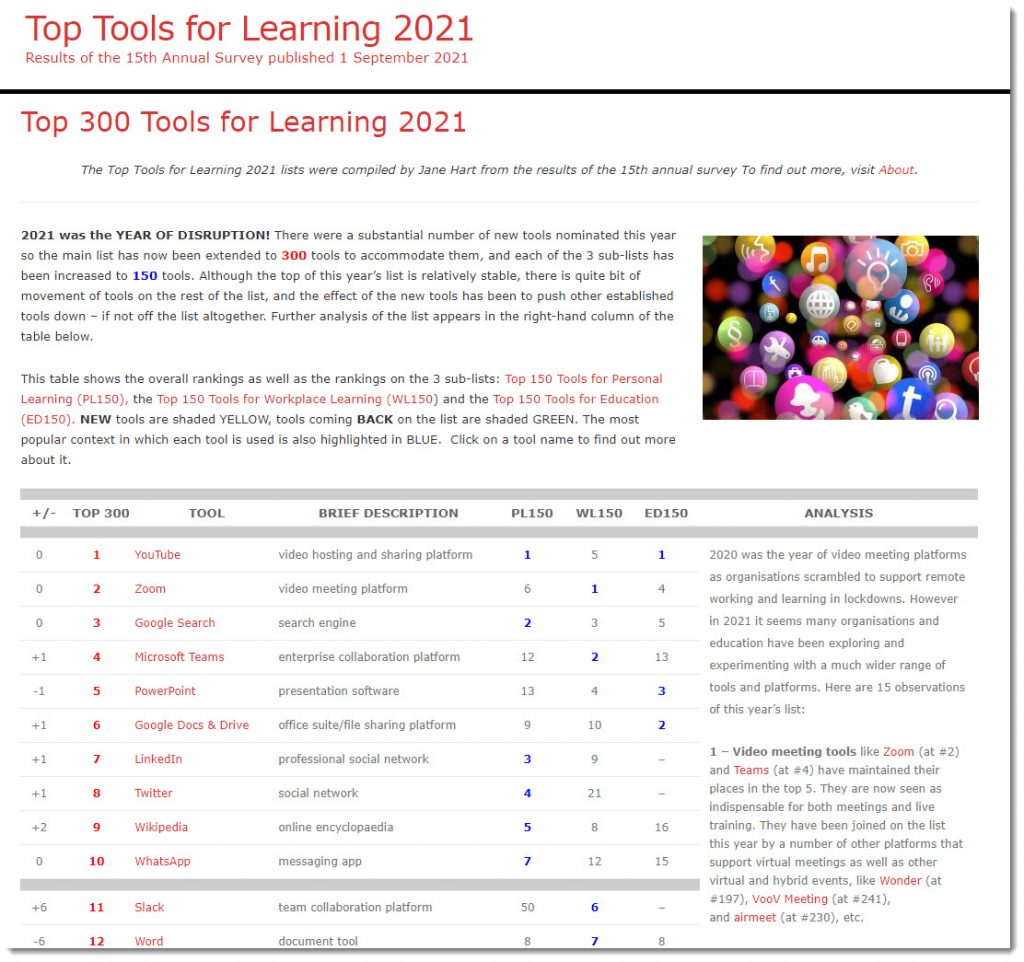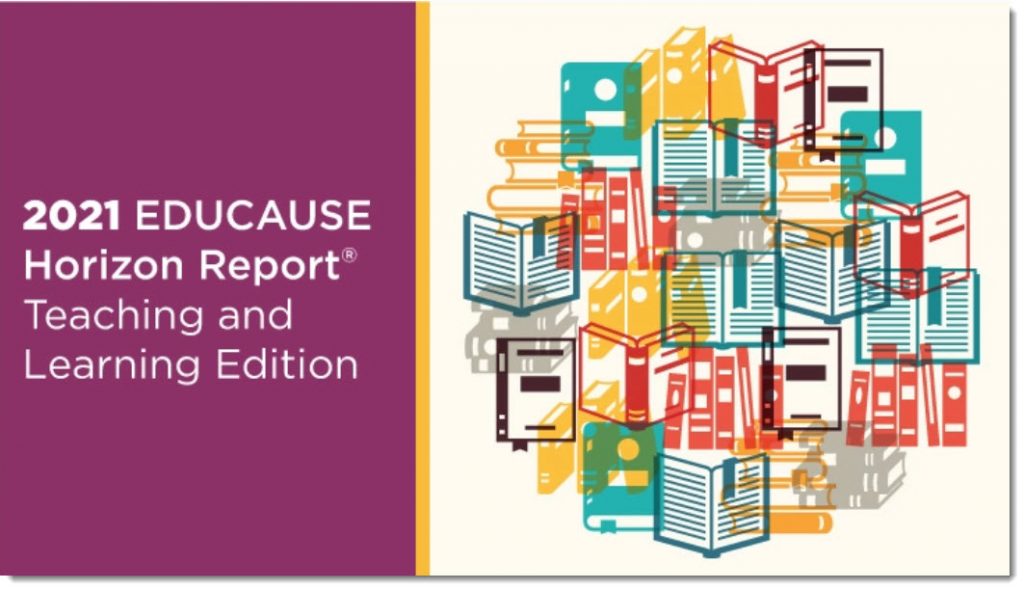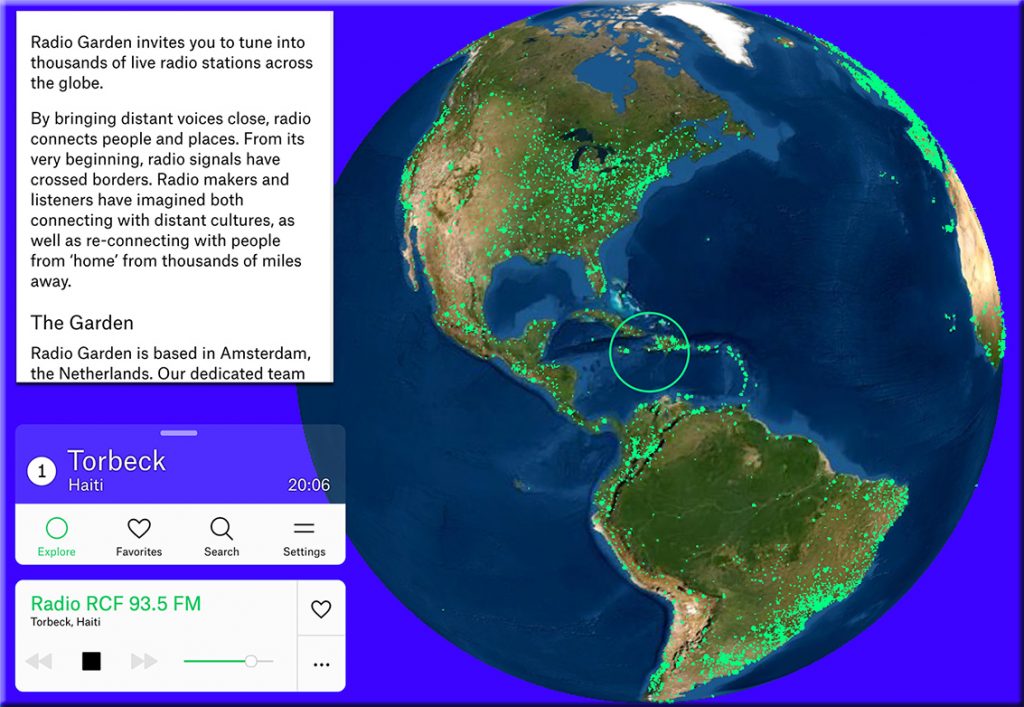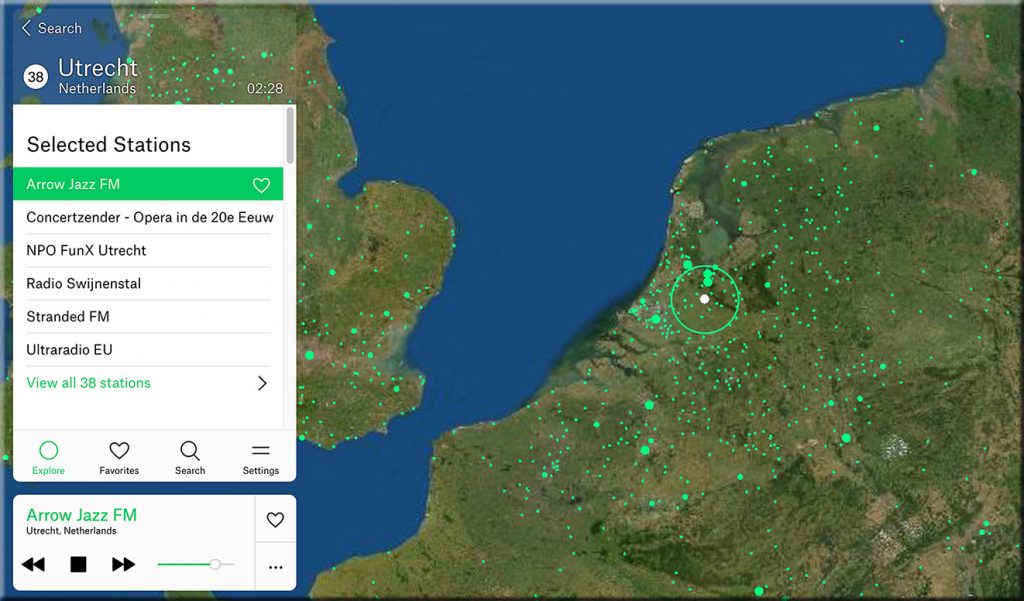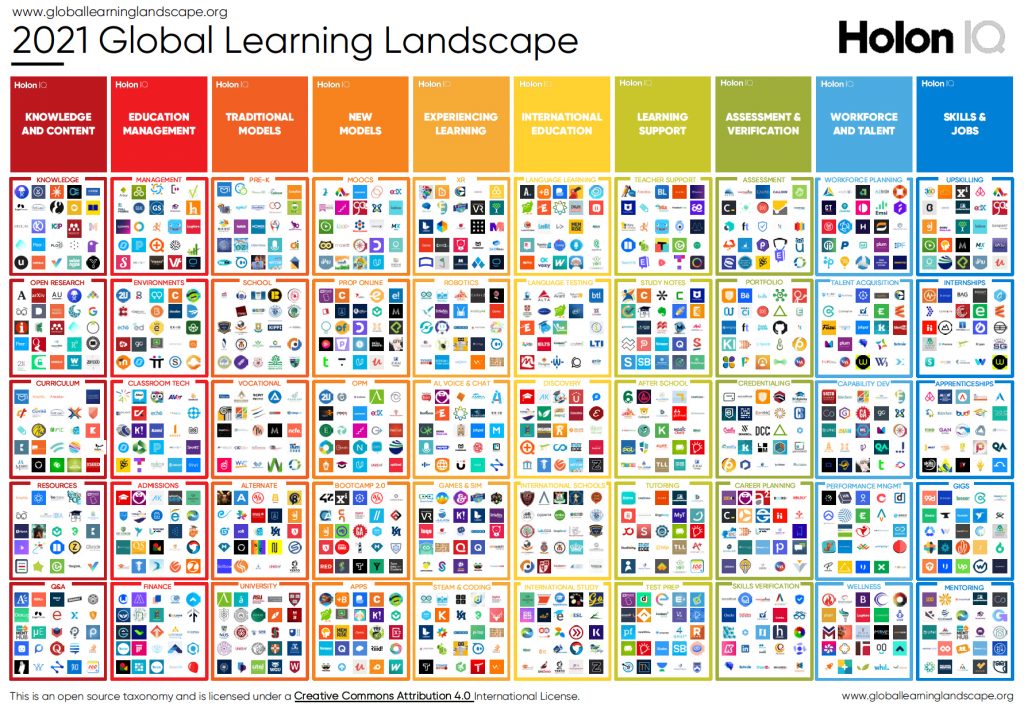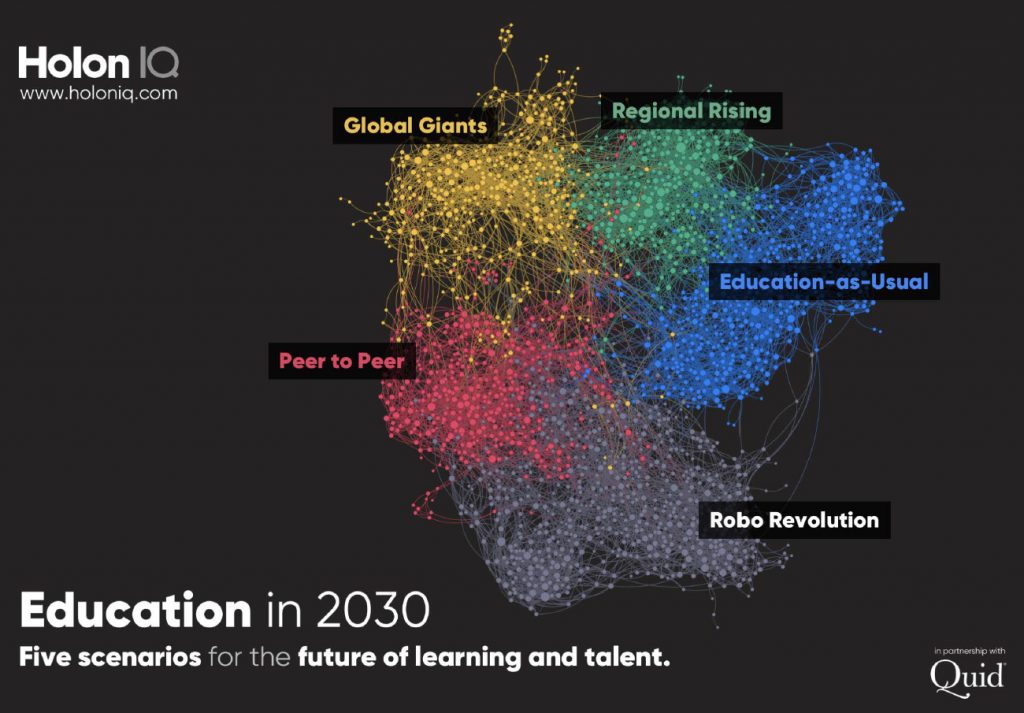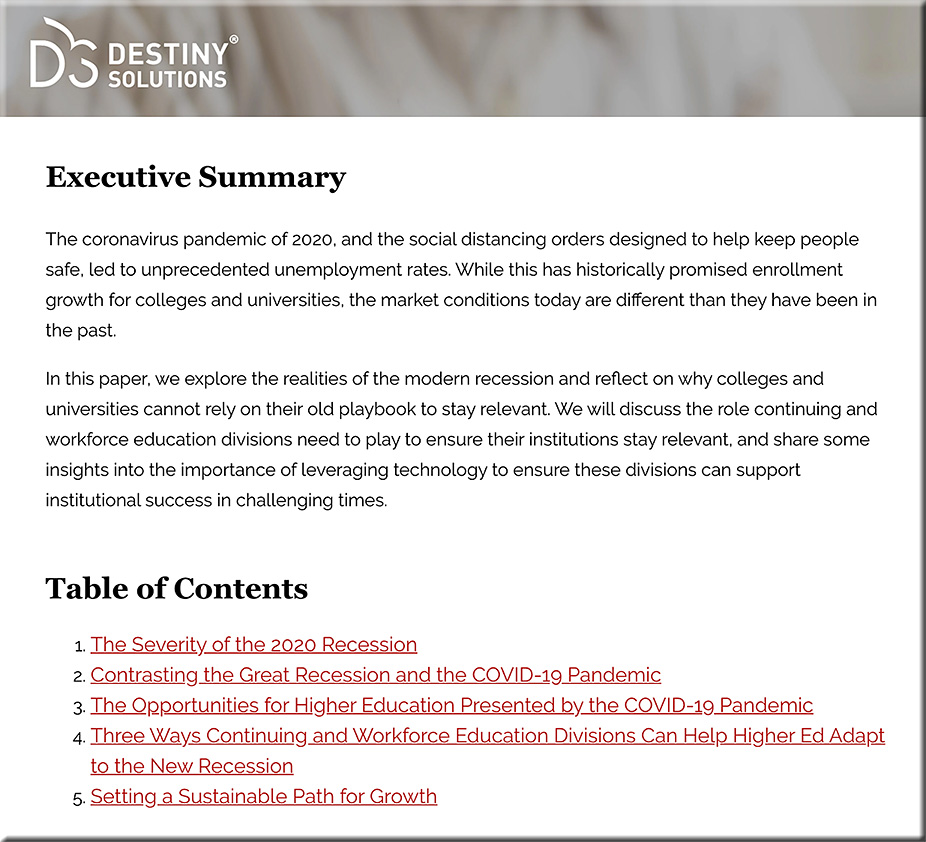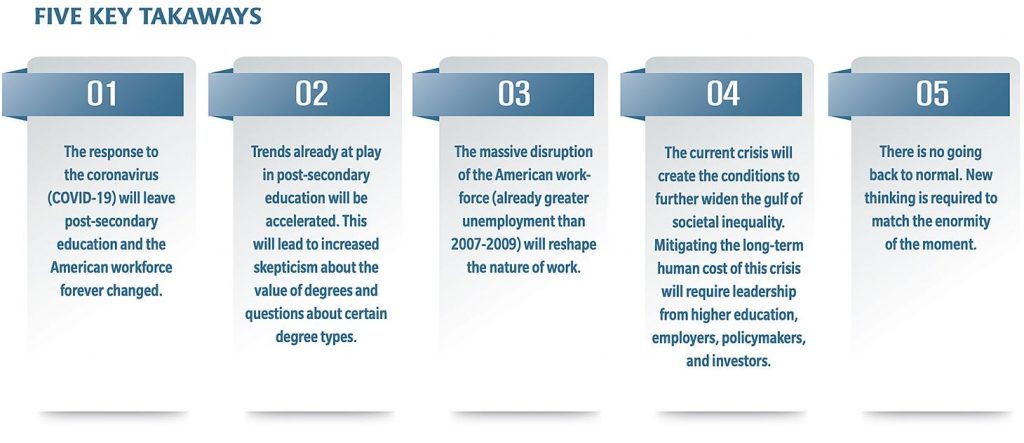The Future Trends Forum Topics page — from forum.futureofeducation.us by Bryan Alexander
Excerpt:
The Future Trends Forum has explored higher education in depth and breadth. Over six years of regular live conversations we have addressed many aspects of academia.
On this page you’ll find a list of our topics. Consider it a kind of table of contents, or, better yet, an index to the Forum’s themes.
Also see:
- 300 videos: the Future Trends Forum passes another milestone — from bryanalexander.org by Bryan Alexander
Since we launched in early February, 2016, the Forum has successfully published three hundred videos to YouTube. Week after week, month by month, over more than six years we’ve held great conversations, then shared them with the world, free of charge.









